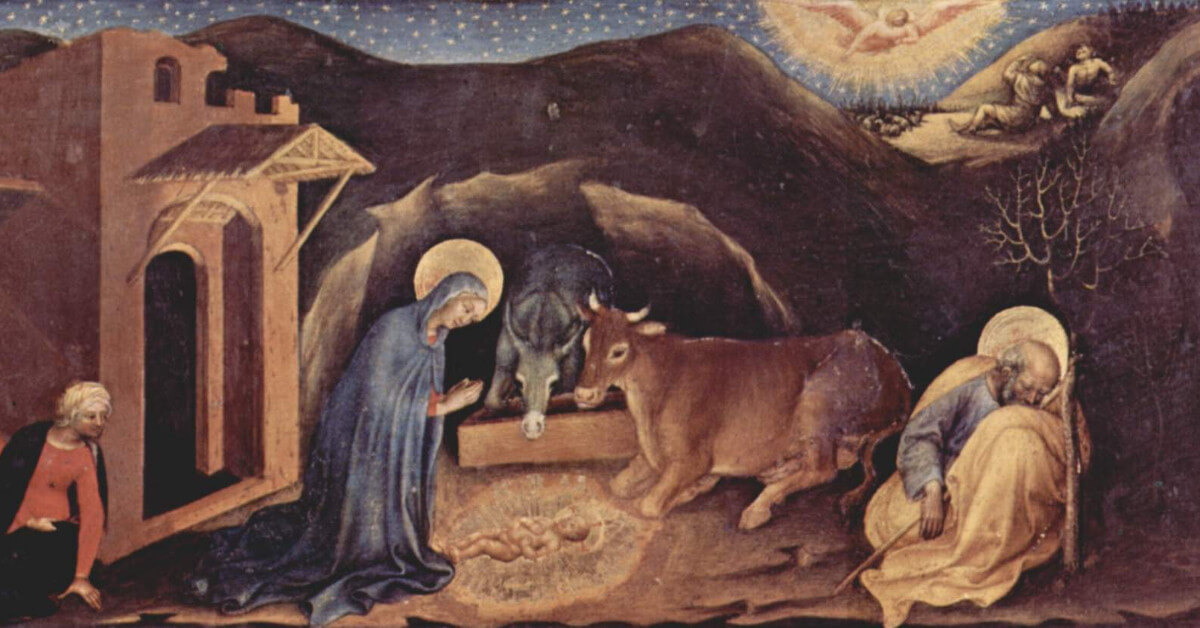I’m pleased to announce another free webinar scheduled for next month: “Understanding the Old Testament Law Today,” from 7:30-8:30pm EST on Monday, January 9, with a recording available if you can’t make the live event. We’ll look at the three types of Old Testament Law and what each type has to say to today’s Christians. You can watch this frustratingly ill-informed scene from The West Wing to get in the mood for the webinar… Both Christians and unbelievers alike often misunderstand how the Old Testament applies today, but it’s a topic with much relevance to our daily lives and to modern debates over morality. Details and registration here. As always, please share this with any friends or family who might be interested!
Today’s video looks at a second-century heretic and what his list of books he accepted as Scripture can tell us about our modern Bibles. The Answers for Ambassadors podcast considers Richard Dawkins’ attempt to explain “the roots of religion.” I’m afraid the theme of this week’s links ended up being civilizational collapse (Merry Christmas!), but it’s not all doom and gloom, as several good articles remind us why Christians can always live with hope.
(If you receive these posts by email and aren’t seeing the video and podcast, just click the “Thursday Roundup” title to view the original post on my site.)
“If you are hopeless, there may be many contributors, but two are certain: 1. You have placed your hope in something other than God… and it has let you down. 2. You may understand that Jesus conquered death, but you live as though He is still in the grave. All hopelessness is ultimately a denial of the resurrection.”
~ Edward Welch





